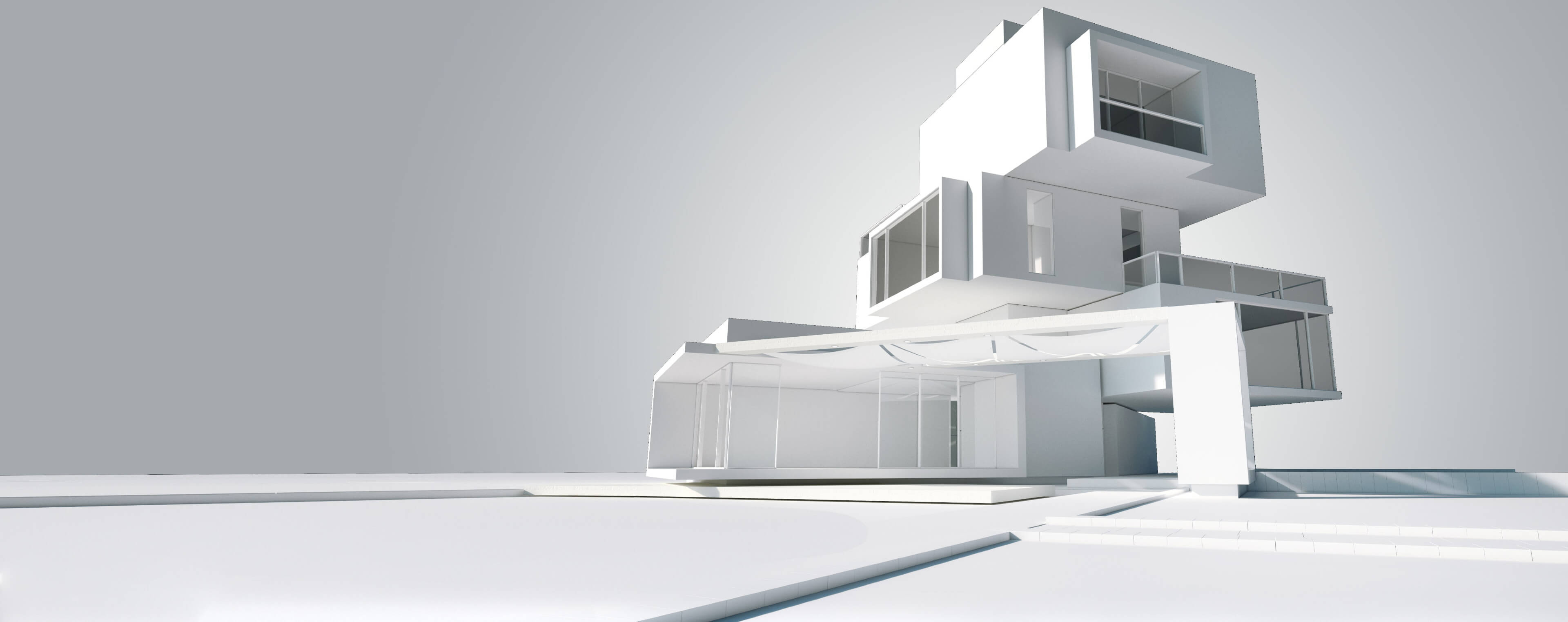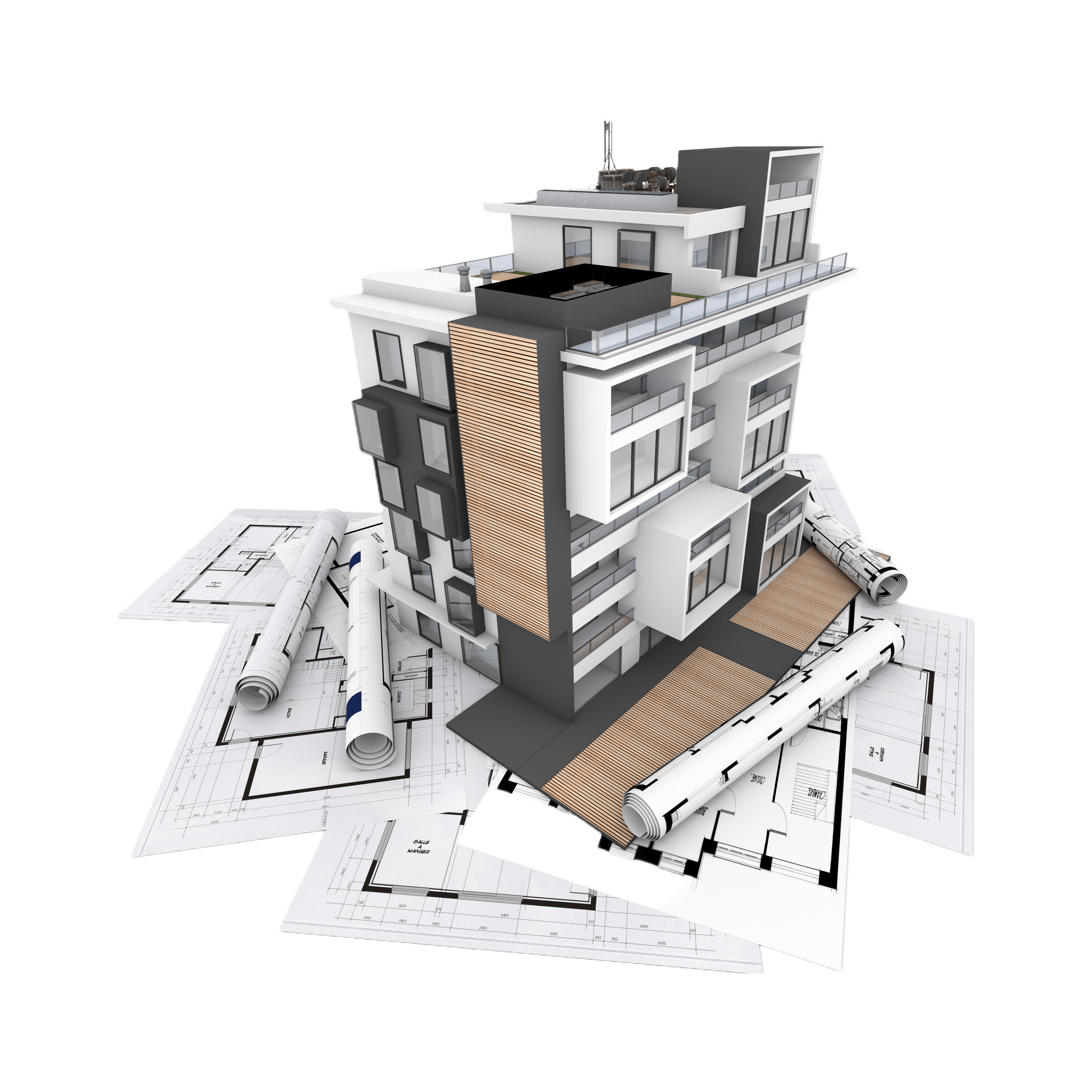To get in touch with us, simply send us an email and one of our ALUMIL engineers will respond promptly.

Building Information Modeling
As a pioneer in new technologies, ALUMIL can support projects developed according to the BIM methodology. To this end, it has created a BIM library that includes basic typologies of several systems, designed in REVIT environment to be used by the company's partners in the digital design phase of their projects.
As a pioneer in new technologies, ALUMIL can support projects developed according to the BIM methodology. To this end, it has created a BIM library that includes basic typologies of several systems, designed in REVIT environment to be used by the company's partners in the digital design phase of their projects.
BENEFITS
A Method to Improve the Comprehension of the Project.
Frequently Asked Questions
Alumil implements its digital BIM objects with Revit software, so .rvt file formats are provided. BIM objects can also be provided in .ifc format. The most common non-proprietary data format for BIM is the Industry Foundation Classes (IFC), an open and neutral data file format. It is an international standard for Building Information Modeling used for sharing and exchanging construction and facility management data across different software applications.
Alumil supports users of the BIM method in the AECO industry by providing a wide range of its products in digital formats (BIM objects) according to EN standards. Alumil's BIM library is continuously enriched with its latest architectural products. For more demanding projects where requirements cannot be satisfied from our BIM library, you can ask for further BIM support and customized solutions from our experts directly to the form.
A BIM object is a digital model made with 3D modelling software which includes detailed information that defines the products and geometry that represents the product's physical characteristics.
There are multiple sources of information about BIM, such as books, masterclasses, courses, masters, architecture and engineering blogs, online magazines focused on the construction industry, academic articles and dissertations, events, YouTube channels, manufacturers’ websites, and technical manuals.
In addition, more information about BIM in architecture, engineering, and construction is available through BIMCommunity, the world’s largest BIM network, which allows professionals to create their own content, introduce their projects, meet other professionals and companies, and keep an eye on the job opportunities.
There is still resistance to implementing the methodology because BIM requires a considerable investment in knowledge and technology necessary for the process. That is, it is essential to train the entire chain of professionals involved in the project.
BIM also requires companies to invest in technology (software and cutting-edge computers). In addition, adherence to the methodology often requires the restructuring of the company and the creation of a new workflow.
BIM in architecture, engineering and construction is already widespread in many parts of the world and has become a requirement for government-funded projects in countries such as the United Kingdom, Denmark, Finland, the Netherlands, Sweden, Norway, Australia, Singapore and the USA. Scandinavian countries are further ahead in the BIM implementation. The use of BIM is encouraged by the European Union since 14 countries have joined and created the EU BIM Task Group. Besides the Scandinavian countries, BIM has recently been adopted as a mandatory process for public projects in Germany, Italy, Spain, Austria and Luxemburg. Even though not mandatory, Brazil, New Zealand, Canada, Chile, Peru, Saudi Arabia, China and Japan use BIM on a regular basis.
The BIM methodology should be applied in all disciplines that are involved in a project (from architecture to electrical, hydraulics, telecommunications, air conditioning, fire prevention and atmospheric discharge prevention system, automation and other installations). Therefore, BIM can be consistently used throughout the cycle (design, planning, execution, management and maintenance) and by all the participants, regardless if they are engineers, architects, designers, budgeteers, managers or builders.
Multiple software solutions are recommended for carrying out different tasks in all the dimensions where the BIM process is applied:
- BIM architecture software
- BIM software for planning & construction management
- BIM software for construction estimating scheduling and design management
- BIM software for calculations, representation, and visualization of structures
- BIM software for calculation and/or representation of Mechanical, Engineering and Plumbing (MEP) systems
- BIM software for energy efficiency studies
- BIM software for facility management
- Visualization and revisions
- Conflict detection
- Modeling and rendering software
- Collaborative BIM solutions/Saas(Software as a Service) for BIM
NO, BIM is not just software, but a process that provides the AECO sector professionals with a digital representation of the physical and functional characteristics of a facility. BIM is a work methodology.
It represents the use of many different types of software, and of different technologies, methodologies and procedures that allow the digitalization of the construction process
BIM is used for creating and managing data during the design, construction and operation process. BIM integrates multidisciplinary data to create a detailed digital representation that is managed in an opencloud platform for real-time collaboration. Using BIM gives greater visibility, better decision-making, the most sustainable options and cost savings on AECO projects.





